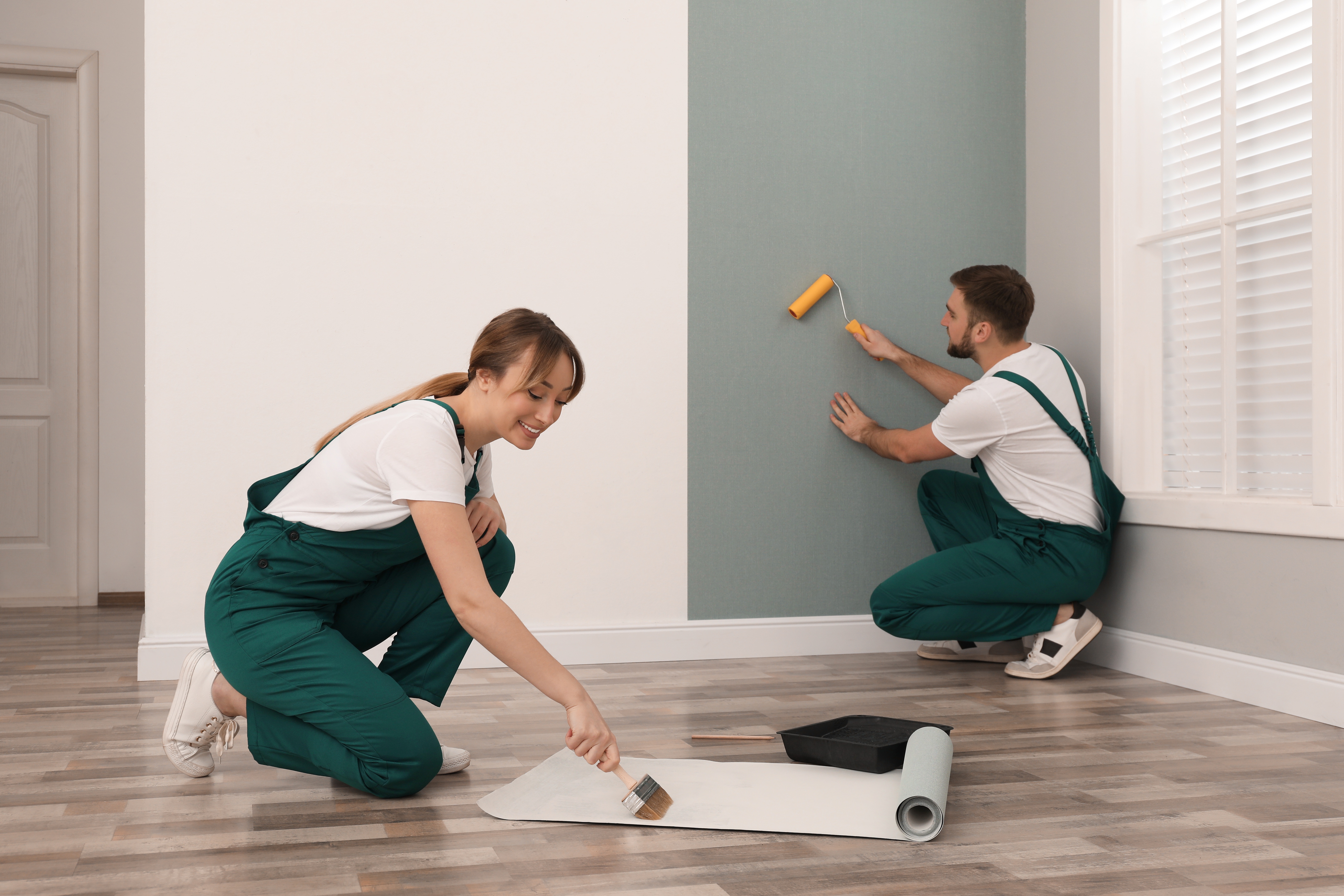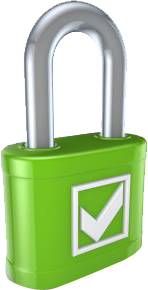Posted on: 24th June 2025

Hanging wallpaper – a guide for beginners
Whether you are looking to make a bold statement, tie together a decorative theme or simply create a feature – wallpaper is always a great option.
From lairy and loud to the more subtle and muted, there’s a wallpaper print or tone for pretty much every theme and taste.
Wallpaper, whether on a single wall or covering the whole room, can really create a talking point, but if you are hanging wallpaper for the first time – we have some tips to turn the daunting into the dramatic (but without the drama!)
Following a few simple steps and proper preparation will lead to some stunning results, but if you lack the time or confidence, our tried and tested traders are just a click away for this and all your decorating needs.
As with anything, preparation is key. Yes, it can be time consuming and laborious but will be worth it to see the end result.
Prepare the Walls:
- Clean the walls thoroughly and address any imperfections like holes or cracks.
- Remove existing wallpaper (if applicable).
- Smooth the surface with filler and sand if needed.
- Consider using lining paper for added insulation and to hide imperfections.
Measure and Cut:
- Measure the wall height and width accurately.
- Cut the wallpaper strips, adding extra for trimming and pattern matching.
- Consider starting with the longest uninterrupted wall for ease.
TOP TIP: If you are wallpapering all walls, the ideal starting point is a corner that's less noticeable, like the back corner of a room or a corner behind a door. This minimises the chance of a mismatch being visible.
Apply Paste or Adhesive:
- Paste the Wall: Apply paste directly to the wall using a roller or brush.
- Paste the Paper: For traditional wallpaper, apply paste to the back of the wallpaper.
TOP TOP:Choose a straight, level area on the wall to start for the best results.
Hang the Wallpaper:
- Paste the Wall: Line up the first strip with a plumb line or guide, then smoothly apply to the wall.
- Paste the Paper: Open the pasted wallpaper, align it, and then smooth it onto the wall.
TOP TIP: If you're wallpapering all walls, the ideal starting point is a corner that's less noticeable, like the back corner of a room or a corner behind a door. This minimizes the chance of a mismatch being visible.
Smooth and Trim:
- Use a wallpaper smoother to remove air bubbles and creases.
- Trim excess wallpaper around edges, light switches, and sockets.
- Ensure the seams are smooth by using a seam roller.
TOP TIP: Using a seam roller will create a seamless finish and always smooth wallpaper from the centre outwards to avoid bubbles.
And don’t forget – safety first:
- Ensure good ventilation while applying and drying wallpaper paste.
- Keep adhesives and sharp objects out of reach of children.



 100% secure - we never share your email
100% secure - we never share your email



